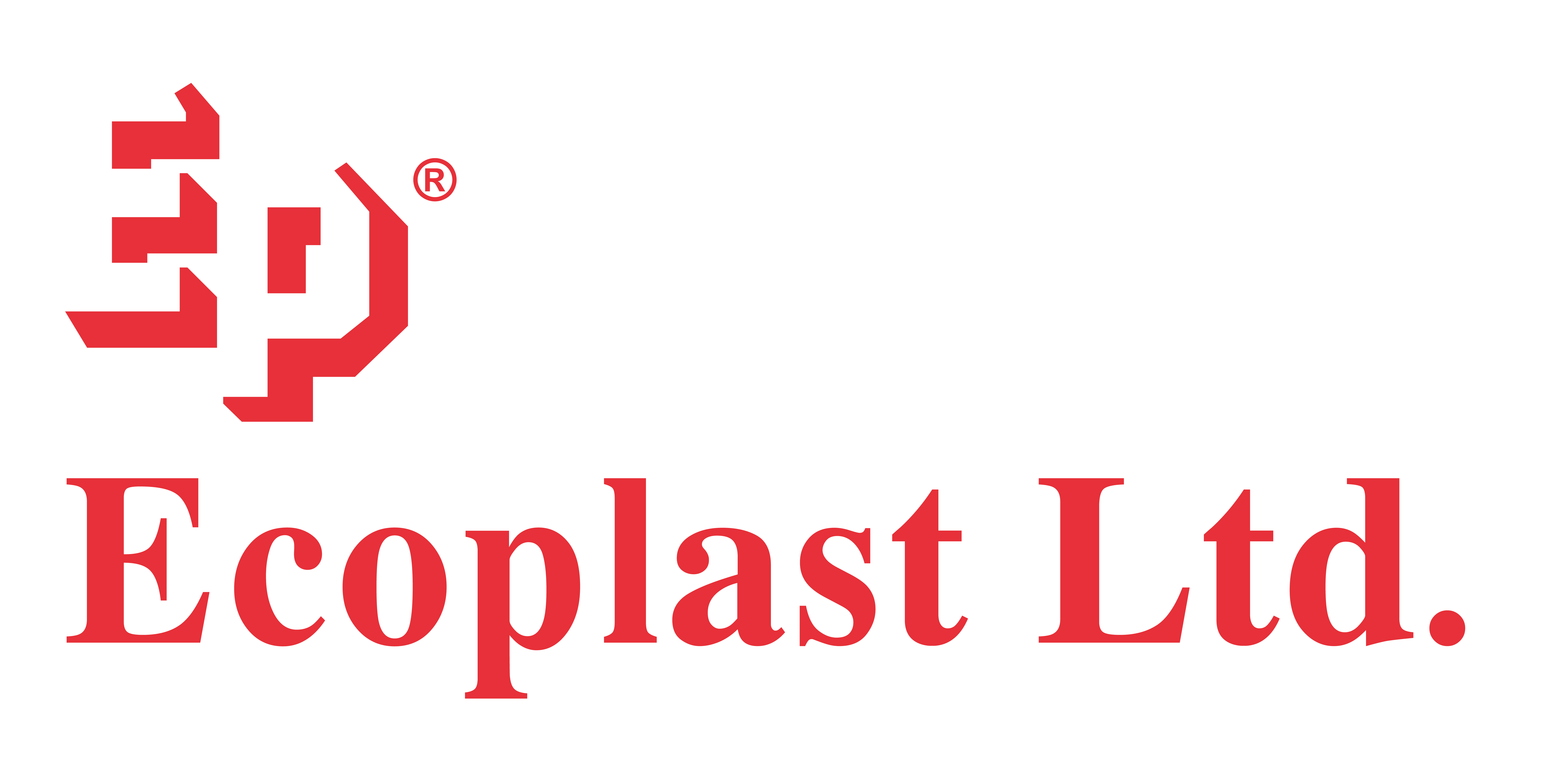LDPE vs HDPE: Know The Key Differences
Any and every industry is as good as the services and products it introduces to the market. The same rule applies to the flexible packaging industry as well. The key reason for the rise of this sector is the fact that it is home to many wonders – one of them being polyethylene films.
A Polyethylene (PE) film is essentially a plastic film made from ethylene, a hydrocarbon that is mainly obtained from natural gas or petroleum. Because of its wide use, polyethylene has many names in the market – ‘plastic sheeting’, ‘polyethylene sheet’, ‘poly sheeting’, or ‘poly film’. Today, Polyethylene sheeting is the most-sought after solution when it comes to plastic protection. What makes it so desirable is the fact that it can be customized to perfectly fit into a project’s requirement. The best part about Polyethylene films is that they come in enviable variations. They can also be manufactured in different colors or be transparent. In addition, plastic sheeting comes in a wide range of thicknesses. The thicker the virgin film, the stronger it is. The film gets thicker as the numbers of mils increase.
Given the many ideal options that fall under the polyethylene category, the task of choosing the right kind of material becomes a daunting task. One of the biggest challenges that manufacturers face is that of LDPE vs HDPE – two of the most popular types of polyethylene. To help you make the right choice for your requirements, here is a closer look at what LDPE and HDPE mean, what are their features, applications, and most importantly, the key differences between the two. Let’s start with what these two terms entail.
What Is LDPE?
Low-Density Polyethylene (LDPE) is an incredibly flexible and lightweight plastic material that was first introduced as a packaging film in 1933. It is a thermoplastic made from the monomer ethylene and is regarded as a highly flexible material with unique flow properties. The films are best known for their low-temperature flexibility, durability, corrosion resistance, chemical and impact resistance.
LDPE is quite easy to fabricate by using a high-pressure process via free radical polymerization. The films are the most sought-after in the food packaging industry because they ensure compliance with food safety standards, and are recyclable.
What Is HDPE?
High-Density Polyethylene (HDPE) was first created by Karl Ziegler and Erhard Holzkamp in the 1950s. It has a denser form, and the end result is usually stiff plastic, thanks to its highly crystalline structure. It has a rigid structure with very little branching. This material does a great job of protecting the groundwater from toxic chemicals from oil drilling or from landfills.
HDPE is extremely easy to process and is economical as well. It is an opaque packaging leveraged for your everyday products like a shampoo bottle, lotion bottles, or flower pots; products that also demand a certain degree of marketing appeal.
Primary Differences Between LDPE vs. HDPE
|
LDPE |
HDPE |
|
LDPE is softer and more flexible than HDPE, making it ideal for diverse applications. |
HDPE is rigid and durable and offers better chemical resistance. |
|
It also has a lower melting point (115° C) and hence is not resistant to higher temperatures. |
Its higher melting point (135° C). This allows it to withstand higher temperatures than LDPE. |
|
LDPE comes as both opaque and translucent. |
HDPE is generally opaque. |
|
LDPE features low crystallinity, making it a more flexible option as compared to HDPE. |
The crystalline structure allows HDPE to feature better rigidity and greater strength even under pressure. |
|
LDPE is produced by compressing monomer ethylene gas in an autoclave or tubular reactor to facilitate polymerization—i.e., the linking of monomers into polymer chains. |
HDPE is created by heating petroleum to very high temperatures. This process releases the ethylene gas monomers, which then combine to form polymer chains. |
|
LDPE has more branching in its polymer chains. |
HDPE has less branching in its polymer chains. |
|
LDPE is classified under recycling number 4. |
HDPE under recycling number 2. |
|
LDPE features excellent chemical resistance, flexibility, and waterproofing capacity. |
HDPE is known for exhibiting high impact strength and durability. |
|
Common LDPE Applications: 1. Plastic bags 2. Water bottles and pipes 3. Waterproof carton lining, plastic wraps, heavy-duty sacks 4. Plastic parts for computer components 5. Corrosion protection layer for work surfaces
|
Common HDPE Applications: 1. Bottle caps, milk bottles, and bulk containers for industrial use 2. Fibers for ropes, nets, and industrial fabrics 3. Stronger pipes and tubing 4. Plastic chairs and tables 5. Toys, trash bins, and ice cube containers
|
LDPE vs. HDPE Recycling
Being born out of polyethylene, both LDPE and HDPE are recyclable. LDPE is classified under recycling number 4, and HDPE under recycling number 2. Even though they are both recyclable, a different approach has to be adopted during their processing.
There are times when LDPE can also be more difficult to recycle. This is when the end-product is softer and runs the minor risk of getting caught in recycling machinery. On the contrary, HDPE is easy to transport and can be just as easily processed through recycling equipment.
LDPE vs. HDPE Examples
Low-Density Polyethylene (LDPE) is commonly used to manufacture plastic products like shopping bags. The notable thing about LDPE is that it is soft, puncture-resistant, highly transparent, and heat sealable, making it the ideal choice for wrapping products, tubing, and packaging of auto parts. The slightly denser version of LDPE is used to manufacture packaging bags for sharper objects. LDPE is also used to manufacture lids for canned products, grocery bags, and plastic wraps and films. It works well for processing techniques such as extrusion, blowing, or injection as well.
High-Density Polyethylene (HDPE) features a much denser form, and the end result is usually stiff and stronger plastic sheets, thanks to its highly crystalline structure. It is commonly used to manufacture garbage and recycling bins, milk and laundry detergent holders, ice cube containers, cutting boards, toys, and such. In addition, it is used in the making of fibers for ropes, nets, and industrial fabrics. The HDPE plastic does a great job of protecting the groundwater from toxic chemicals from oil drilling or from landfills.
Contact Ecoplast Ltd – Leading Polyethylene Film Manufacturers
Ecoplast Ltd is one of India’s most respected and largest polyethylene film suppliers (multilayer co-extruded polyethylene and co-polymer films). We cater to the flexible packaging industry as well as a variety of other specialty applications around the world. Over the last 40 years, we have mastered the art of designing and manufacturing Surface Protective Films that protect products such as steel, aluminum panels/profiles, carpets, tiles, glass, and all kinds of substrates from dust, scratches, and other environmental impacts.
Here are our key offerings:
–EcoGen™ (Lamination Films)
–EcoProtect™ (Surface Protection Films)
–EcoBond™ (Adhesive Films)
–EcoPrime™ (Speciality Films)
Browse through our premium PE products online and benefit from their many features. If doubts still linger, feel free to give us a call at +91-22-2683 3452 / +91-22-2683 1403, or drop an email at: [email protected]


Recent Comments